We made it to Mongolia despite almost being left behind by our train at the border. Our one train car with the dozen or so foreign travelers crossing the border was unclipped from the rest of the train and left waiting for four hours before it was finally pulled across the track into Mongolia.
Since Russian officials only spent about ten minutes scouring the compartments for contraband, presumably the other three hours and fifty minutes were spent perusing our passports. Who knows? It certainly was a throwback to arcane, ask no questions soviet type officialdom.
Since Russian officials only spent about ten minutes scouring the compartments for contraband, presumably the other three hours and fifty minutes were spent perusing our passports. Who knows? It certainly was a throwback to arcane, ask no questions soviet type officialdom.
Once we arrived at the new station, we jumped off to scavenge for a cold drink. As soon as we reached the platform, however, a new train pulled in cutting us off from ours. As we stood watching we could just see the top our train pulling away behind the new one. Needless to say, the girls were ever so slightly frantic. I was just relieved that a) I had my wallet with me (though no passports) and b) at the last second Leontine had decided to hop off with us. I could handle all of us being stranded in Mongolia together but not having to chase down one distraught daughter. Happily the train was just chugging off to latch onto a bunch of new compartments and after a tension filled half hour came surging back into view again. We never did find any snacks worth being marooned for (nor a single English speaking person). Safely back on the train we enjoyed our last night of rockaby baby sleep before pulling into Ulan Baatar at 6 am.
Now we had to wait for Vincent and David Evan to join us. My son had insisted on his annual month at camp, this being non-negotiable. My husband was juggling back to back photo shoots in India, Connecticut and England whilst we were traversing Russia. He had laid down the law with his agents and forbade any bookings for August, so now we just had to wait for him to return from Europe, pick up David Evan and fly to meet us.
In the meantime, we prepped for our trek across the Mongolian countryside. We had stumbled across one of the only three laundries available in UB and so for $8 we washed every article of clothing in our bags. Then we hunted for various essential elements like sleeping mats, wet wipes and tissue packs. We still had the precious jar of peanut butter we had picked up in Russia but we stopped at a supermarket and added Nutella, crackers, cookies and various snacks. The night before we left we would return for bags of Asian pears, plums and oranges; precious fruit that we would not see again till we returned to UB.
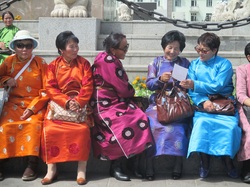
While we waited for the boys, the girls and I pretty much sussed out everything there was to do in the Capital of Mongolia. UB is a fairly small town by international standards but it does contain half the entire population of Mongolia who still tend to live in Gers so it spreads outwards for miles as hundreds of small, round tentlike buildings sprawl over the surrounding hills. Most of the tourist stuff, with a few exceptions, is contained within a fairly compact circle around Sukabatar square.
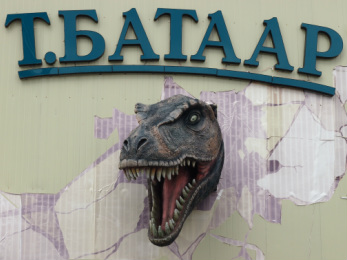
The National History museum with its dinosaurs caught by a sandstorm and thus frozen forever in the midst of fighting, was unfortunately closed for renovation. Fortunately there was a temporary exhibit right in the middle of Sukabatar Square displaying a gigantic Tyrannosaur Bataar, cousin to the T-Rex. This particular skeleton had been dug up in the Gobi Desert and by some nefarious means transported to the USA where it was subsequently put up for auction. The Mongolian government caught wind and launched a full scale effort to have the dinosaur returned. The exhibit lovingly details the entire lawsuit which marks the first time Mongolia managed to repatriate stolen fossils.
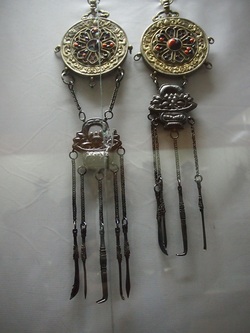
The National Museum in UB is an excellent museum with a fascinating collection of traditional dress. Did you know that highborn Mongolian women always had a cluster of beautifully shaped silver instruments hanging from their belts? Far from simply decorative, this kept their tongue scraper, ear cleaner, tweezers and other toiletry items close at hand. The museum also has a very clear and helpful map showing how the Mongol empire stretched from Poland to Korea and down through China to the bottom of Vietnam, encompassing the whole of the Middle East up to Turkey. The thing we Westerners never learned in school was that while the Golden Horde may have sacked Rome and left no grand monuments behind, for virtually the entire Middle Ages the path of commerce and trade was maintained and safeguarded by the khan's troops. Not only were merchants freely able to travel the entire span of East to West but all religions were protected. Though they themselves believed in Shamanism, the Mongol rulers allowed Christianity, Buddhism and Islam to flourish where they wished. So, aside from all the sacking and pillaging, the mongols were one of the most tolerant and progressive world regimes ever, something not generally hinted at in the history books! It also changes something when you realize one of the most flourishing Chinese dynasties was actually the one established by Kublai Khan, Ghengis Kahn’s grandson - who was the first to establish Beijing as his capital. In fact of all the Chinese dynasties, only one - the Ming - were ethnically Han Chinese rulers. Most of the rest of China’s long and dramatic history, they were ruled by outsiders like the Mongols and the Manchurians.
At the other extreme, the tiny, ramshackle museum of Political Persecution may be small but it is very moving. This was the actual home of P. Genden - the prime minister of Mongolia during Josef Stalin’s time of terror. Mongolia was the second country after Russia to declare itself communist and was closely allied to that country but largely left to its own devices till the 1930s when Japan began menacing Russia by marching up though Manchuria. Stalin became convinced Mongolian elements were helping them and demanded a purge of all intellectuals, religious leaders and any other “counter-revolutionaries”. When Genden refused, he was brought to Moscow and executed, while a more pliable candidate took his place. Genden's daughter, who was only a toddler when her father was taken away, turned their house into a museum honoring the 27,000 people who were subsequently killed despite her father’s brave attempt to stop the bloodbath. In her father’s office you can see happy family photos of him posing with her and her mother before he was taken away and executed.
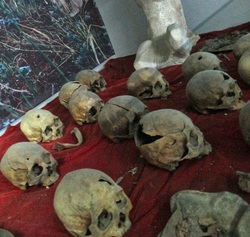
Stalin wiped out nearly the entire cast of lamas and monks existing in Mongolia and destroyed virtually all the monasteries across the country. Dozens of skulls with bullet holes in them are gathered together in grim remembrance of this crime. Besides museums, however, we mostly explored UB's restaurants, trying to decide where we would take the boys to celebrate their arrival. Since we knew that once we left UB we would be entirely reliant on the national mania for mutton we tried as many other cuisines as we could including vegetarian, Korean, Japanese and French options, stuffing as much salad as we possibly could into ourselves. The Huns may have conquered the known world but they didn't do it on a balanced diet. They believe in meat with a side of meat. Mongolia is so awash in beef, mutton, goat and horse meat that even chicken is not considered worth eating, making it the one country we have ever been in that you could not find a reliable fried chicken dish.
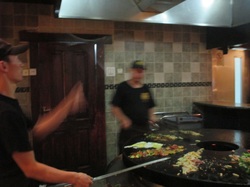
The one Mongolian restaurant we did go to was an all you can eat BBQ. This proved to be rather like a night at Hibachi where you pass the bowl of ingredients you have collected to a chef who dumps them on a giant grill with great flourishes and twirls of his three feet long turning tongs. We finally decided on Veranda, an Italian restaurant with scrumptious pasta and comfy couches overlooking the gently curving roofs of an ancient monastery.
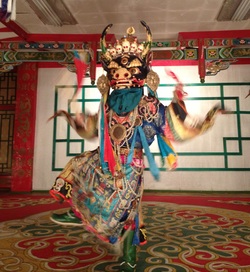
The best thing we did while waiting was to see the Tumen Ehk cultural show. Maybe because it is a bit off the beaten path, in a neglected and overgrown park, the show had only a dozen or so visitors. But the performers, who outnumbered the audience three to one, never faltered in their enthusiasm or professionalism. There was Tsam Mask dancing, traditional singing, dancing and instruments, all very exotic and colorful. And how many “Cultural” shows do you know that include contortionists?
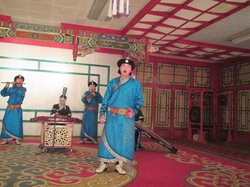
We liked it so much that when the boys finally arrived we took them to a similar show by the Moon Song troupe on Seoul Avenue. The costumes were better at Tumen Ehk but the Moon Song show had a psychedelic modern take on a traditional shamanist dance that was definitely worth seeing. Either show however is a great way to see the traditional Mongolian throat singing which allows them to sing two different notes at the same time. To me this sounds more like a low thrumming noise while an insect chirps but it is impressive. They can apparently inhabit both deep, deep bass and high, only dogs can hear falsetto in the space of a breath. Personally I prefer this to the high keening of Chinese opera but it is an acquired taste.
After three days though, rested, washed and well fed, we were looking forward to the boys' arrival so we could set off on our big adventure - trekking around the Mongolian countryside, sleeping with nomads and riding camels!
After three days though, rested, washed and well fed, we were looking forward to the boys' arrival so we could set off on our big adventure - trekking around the Mongolian countryside, sleeping with nomads and riding camels!
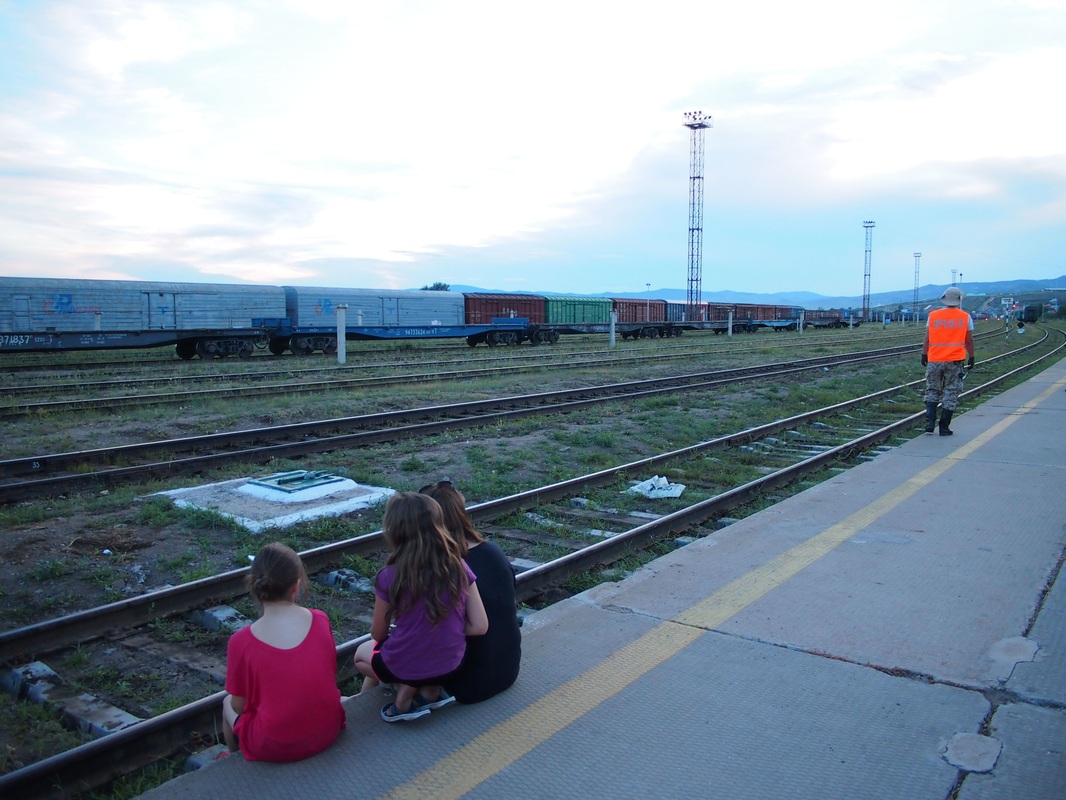
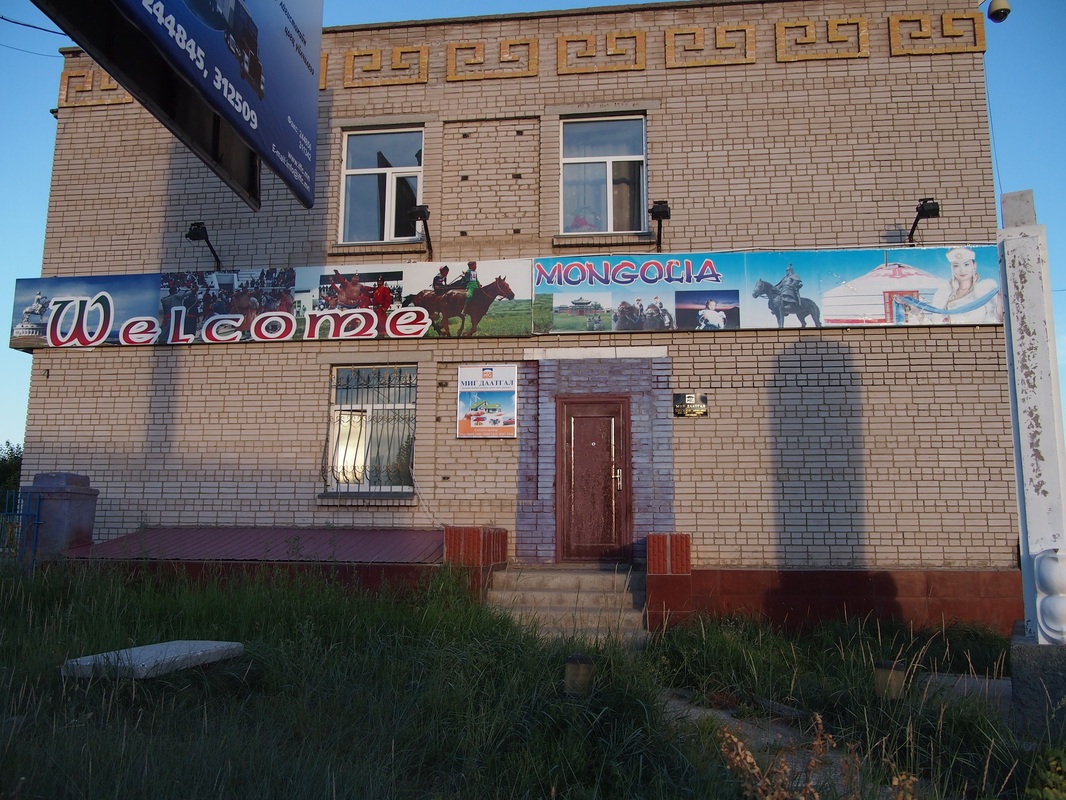
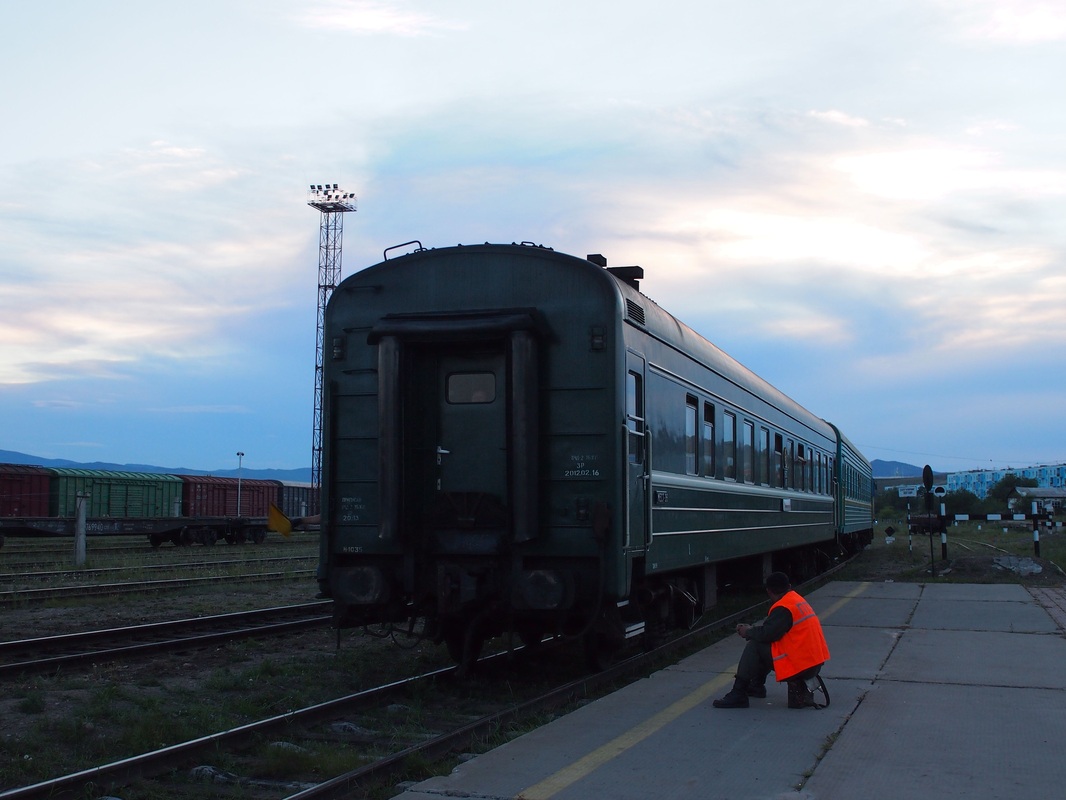
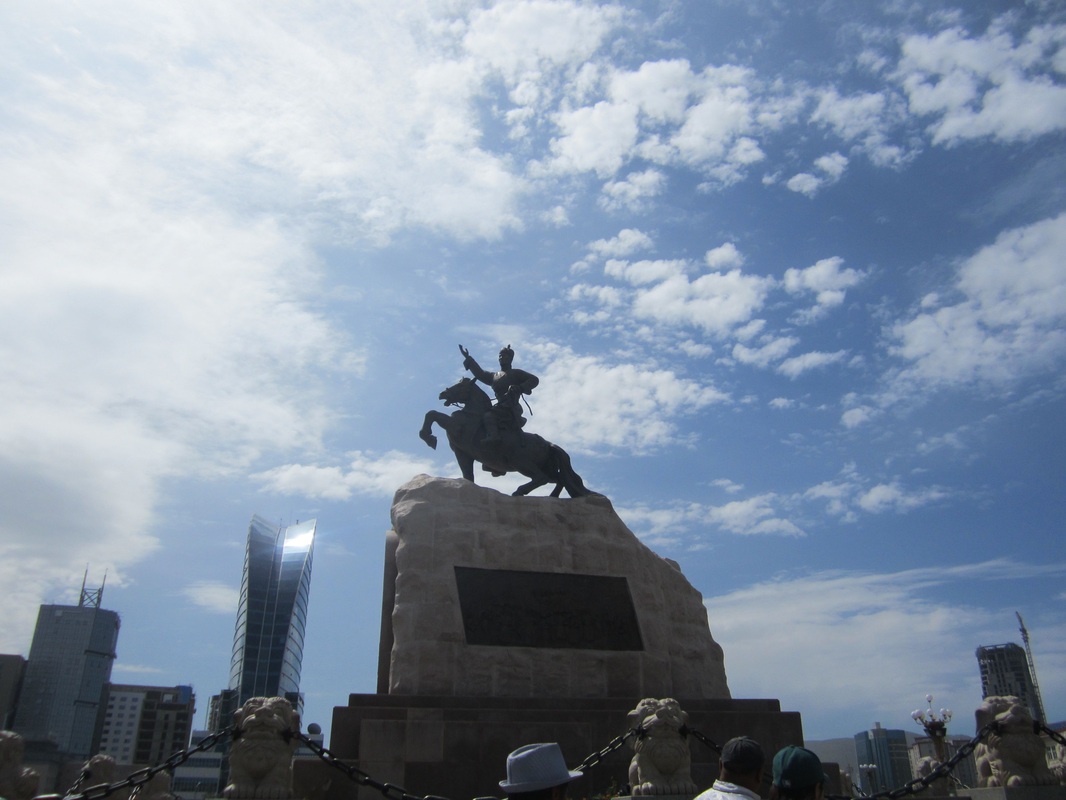
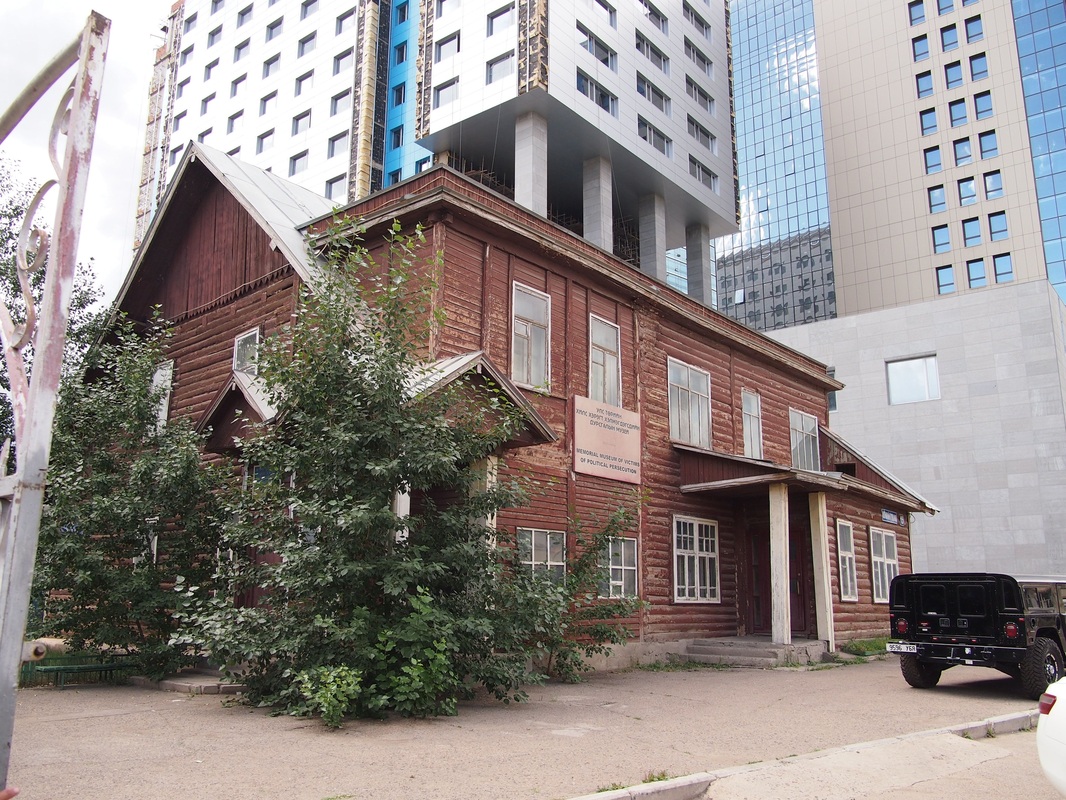
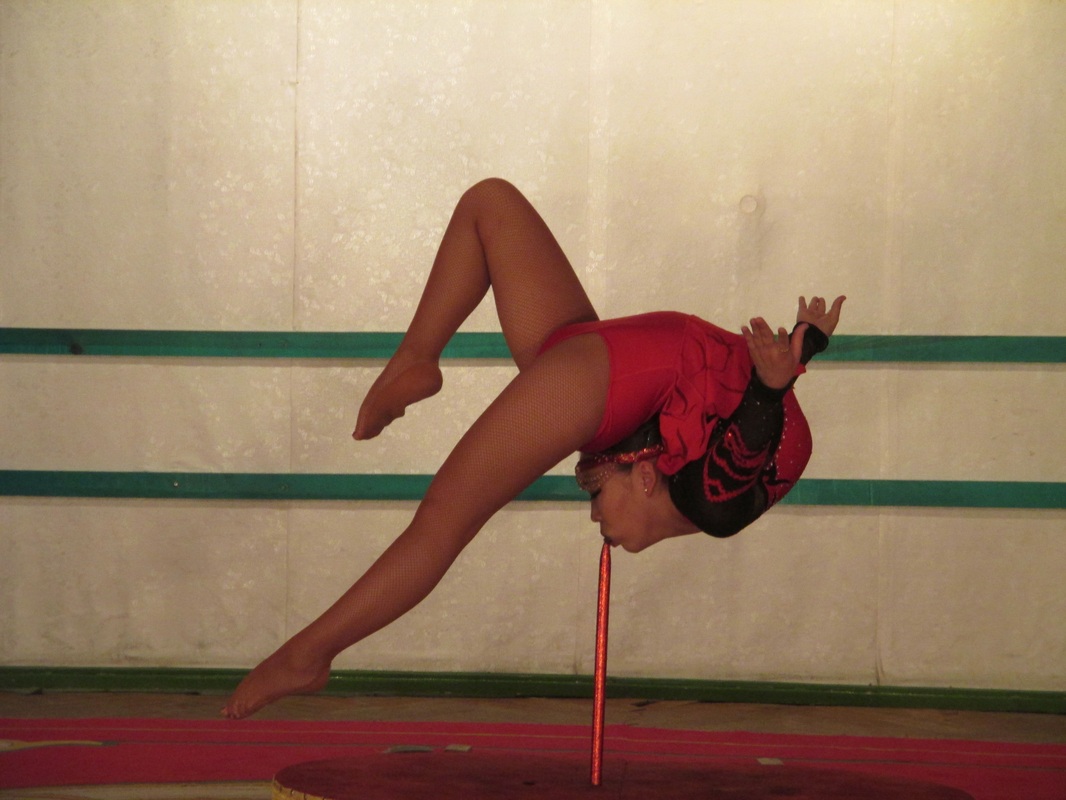
 RSS Feed
RSS Feed